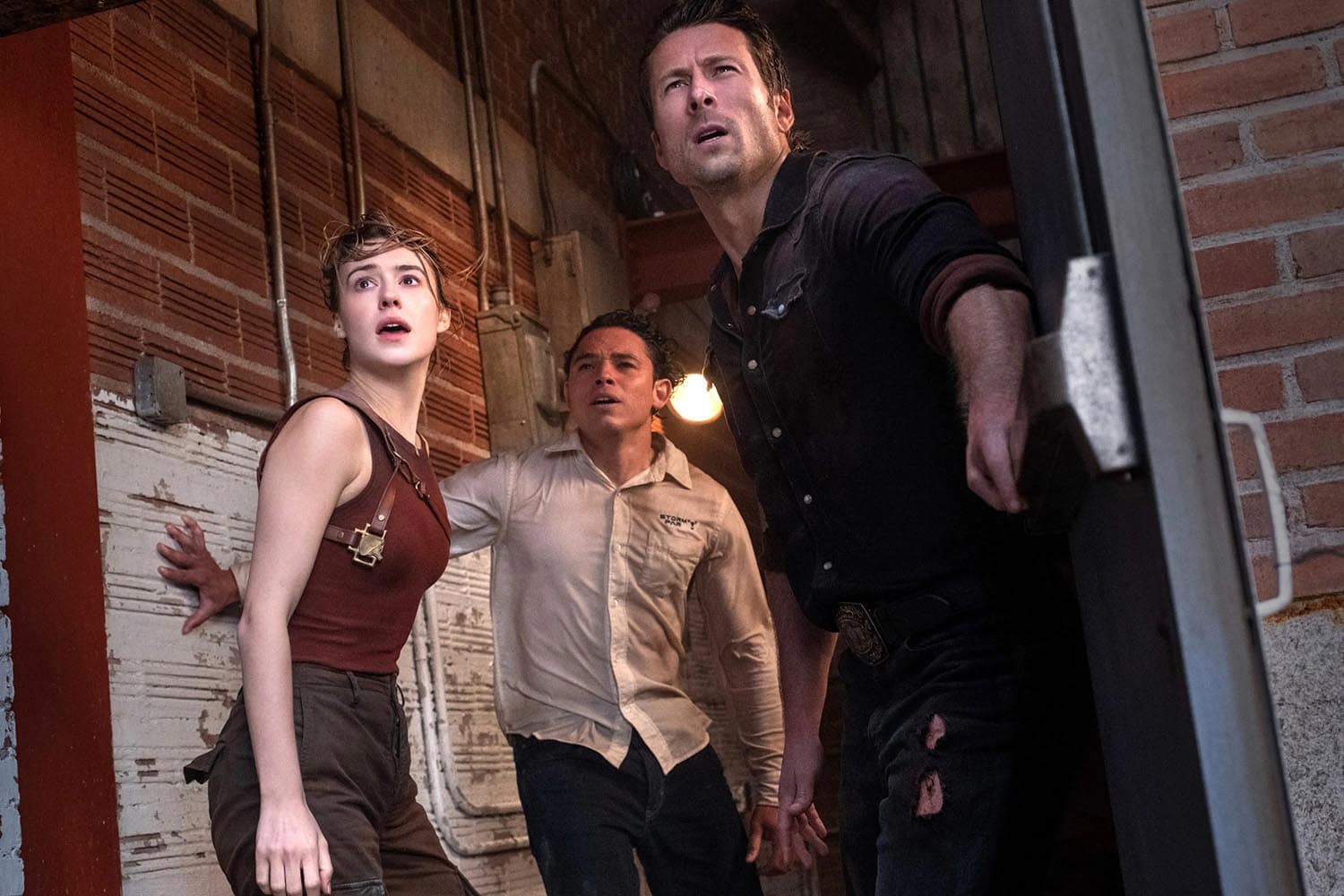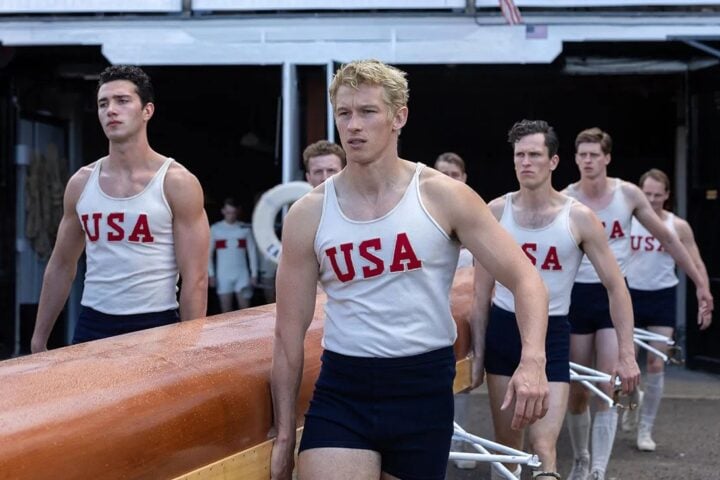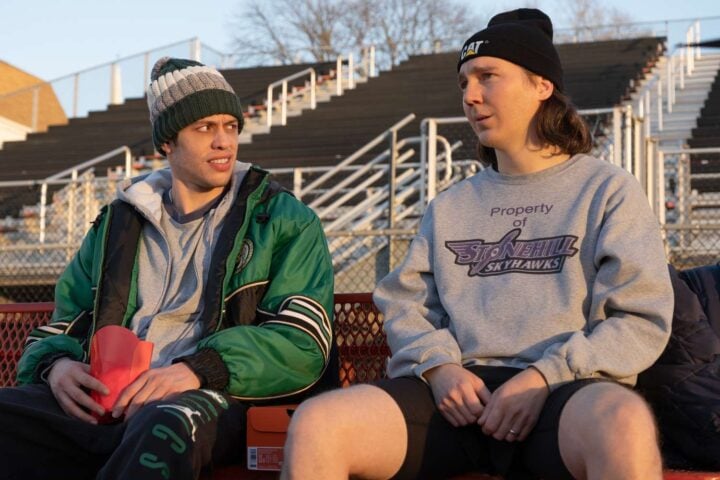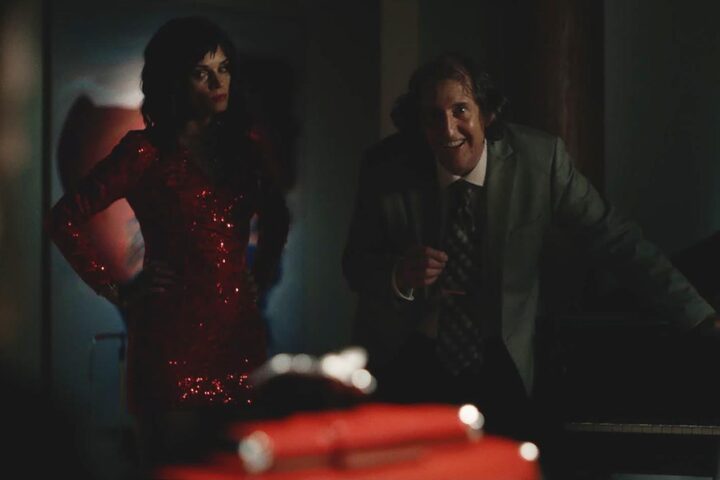Jan de Bont’s Twister remains one of the most beloved blockbusters of the 1990s, at least for the millennials who grew up with it. That’s chiefly due to its still-awesome special effects, fashioned at a time when filmmakers were delighting in experimenting with the newfound possibilities of CGI. Each storm was meticulously crafted and impressively tactile, making good on the film’s tagline, “It’ll blow you away.” So why, in an even more advanced cinematic landscape where any phenomenon can be easily created with the click of a computer mouse, does Lee Isaac Chung’s long-gap sequel, Twisters, barely kick up dust?
Twisters lacks any real explicit narrative connection to the original beyond featuring the storm-tracking device nicknamed Dorothy. Our protagonists are approximations of Helen Hunt and Bill Paxton’s characters from Twister, modified just slightly to give off a hint of variation. Kate Cooper (Daisy Edgar-Jones), a meteorologist and former storm chaser still reeling from a tragedy in the field, has been reluctantly recruited by her old friend Javi (Anthony Ramos) to come work for his sleek and dubiously corporate-backed outfit. Her foil is Tyler Owens (Glen Powell), a self-professed “tornado wrangler” who eagerly drives into as many storms as he can alongside his ragtag crew for the purpose of generating likes on his popular YouTube channel, the film’s one conspicuous stab at updating the scenario for modern times.
A testy, flirty game of one-upmanship almost immediately and expectedly develops between Tyler and Kate, with both making the requisite misguided assumptions about each other. Tyler thinks that Kate is a buttoned-up “city girl” sell-out, while she thinks that he’s a reckless buffoon only in it for the fame. Given that this central rapport is hardly developed past stock emotional beats, no one will herald Twisters as being of a piece with Chung’s previous and significantly quieter character-driven work on such films as Munyurangabo and Minari.
Character profundity was hardly the point of Twister, but de Bont was at least blessed with a dynamic cast that breathed life into the hoariest of stereotypes. Here we get Powell’s charms falling into a lukewarm puddle, constantly striking poses with his ripped physique and adopting cowboy attire like a model in a Midwest fashion shoot. For her part, Edgar-Jones’s default mode is staring blankly ahead to ostensibly indicate deeper emotional undercurrents.
Of course, the tornados are the main attraction here. But while Chung showed that he was familiar with the environment of Tornado Alley in his semi-autobiographical Minari, the brief storm sequence in that film is more authentically tense than any of the mayhem in Twisters. Sure, the tornados are loud, destructive, and plentiful, but where de Bont favored rigorous and painterly visuals that emphasized clear spatial dynamics and allowed the twisters to steadily creep up on our heroes like horror-movie boogeymen, Chung’s aesthetic is all arbitrary handheld camerawork combined with a chaotic mess of CGI sludge that consistently makes it hard to tell where anybody or anything is at any given moment.
This slapdash nature is indicative of Twisters as a whole, which further proceeds as a jumble of poorly sketched backstories and subplots, half-hearted topical references (such as the climate crisis being quickly mentioned as a reason for the rise of dangerous tornado activity), and tepid fan service (a sequence set in a movie theater pales in comparison to the tornado ripping through the drive-in screen in the original). Even the finale, where a monster tornado bears down on a small town, feels strangely undercooked, suggesting the final item on a to-do list being checked off for how little it inspires the astonishing terror of the original’s climactic F5.
Since 2001, we've brought you uncompromising, candid takes on the world of film, music, television, video games, theater, and more. Independently owned and operated publications like Slant have been hit hard in recent years, but we’re committed to keeping our content free and accessible—meaning no paywalls or fees.
If you like what we do, please consider subscribing to our Patreon or making a donation.






